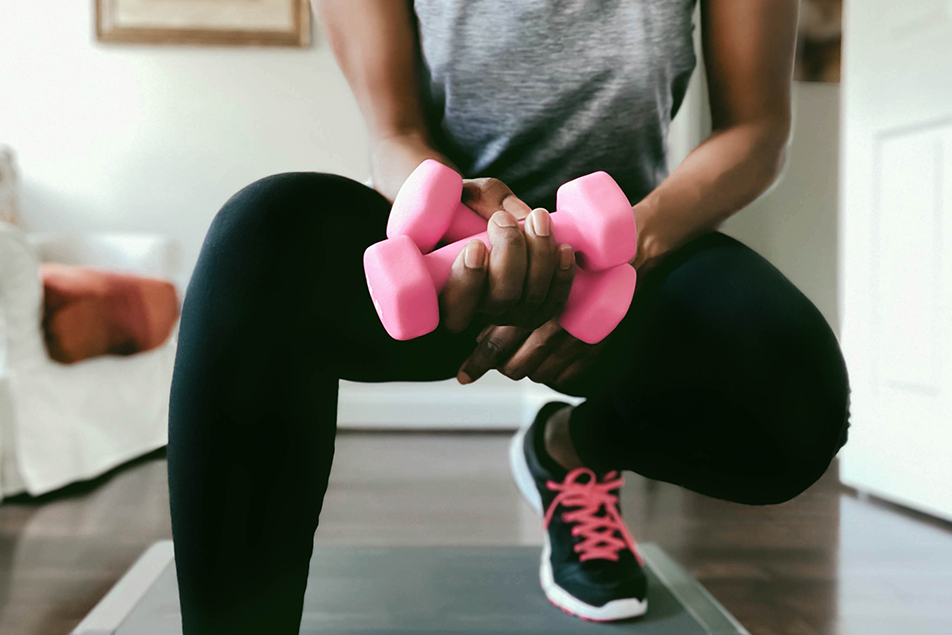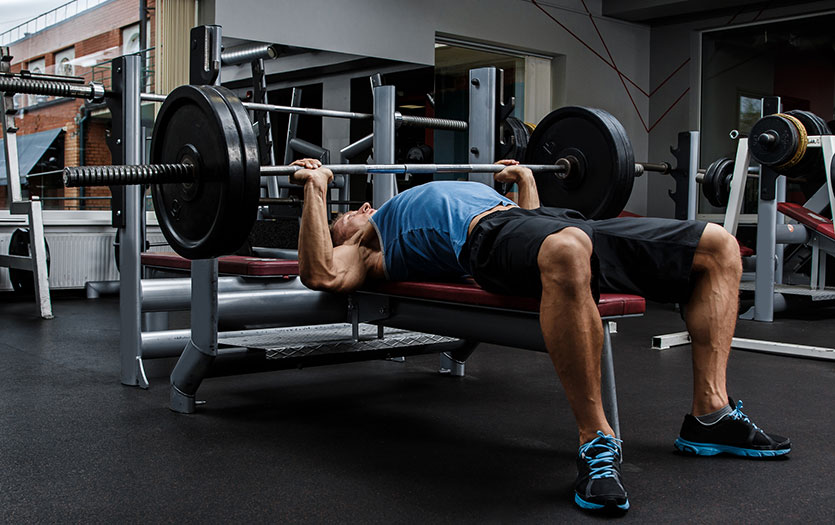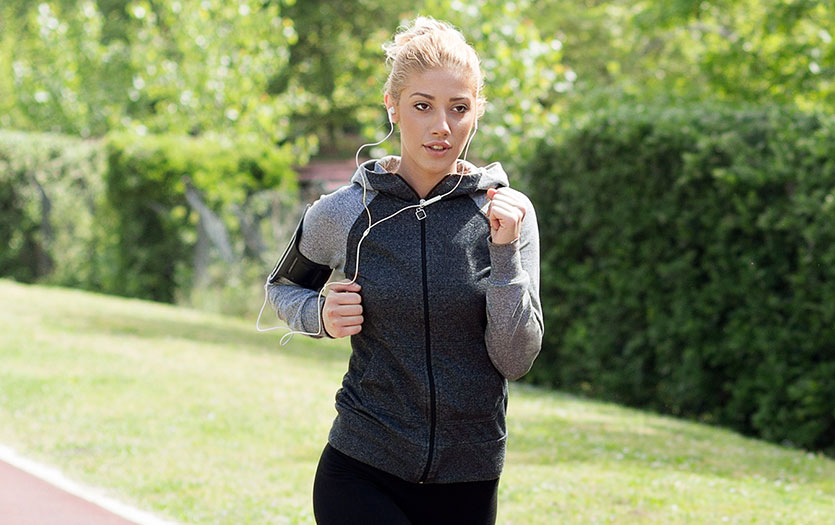
This post was written by Lindsey Derby, human performance specialist, Parkview Sports Medicine.
No matter which articles you read, the general guidance for an effective exercise routine is pretty consistent. We need a combination of aerobic and strength-building movements. For those who are new to or reintroducing exercise, figuring out where to start can be daunting. While there are a ton of ways to combine various exercises to create positive change in your health, there are three options that can be used with relative ease to kick start your exercise goals: circuits, supersets and intervals. Each of these movement flows can be utilized to attain different goals and present a lot of versatility for duration and types of movements.
Circuits
Circuit training means setting up different stations where you perform different exercises. You would rotate through the stations after a certain amount of time or repetitions for a predetermined number of rounds. Circuit training is great for minimizing boredom and monotony in your routine. The combinations of movements and durations are endless, so athletes can really get creative. For beginners, circuits can help build a foundation for proper movement mechanics with body weight exercises, potentially paired with equipment such as dumbbells and kettlebells.
Set up your stations ahead of time and give yourself about 10-15 seconds rest between stations. You can choose movements focused on one area of the body, such as a leg-focused circuit, or have a full-body focus, where the movements involve arms, trunk and leg exercises.
Supersets
While circuits can be good for building movement and stamina foundations, they’re not as good for building specific strength. That’s where supersets come into play. Supersets provide more specificity than circuit training.
To perform a superset, you choose a muscle group you want to work on for one movement and pair that with something to work the opposing muscle groups. It’s a lot less complicated than it sounds. As an example, if you want to work your chest, you might start with a dumbbell bench press, then pair that with dumbbell bent over flys. You can vary the repetitions and number of sets, moving from the first movement to the next, resting after the second movement before returning to the first.
Intervals
The third movement series is the interval pattern. Intervals are ideal for improving endurance and increasing weight loss, but only when used with high intensity movements, such as running and jumping rope. For intervals, you choose a designated work time and rest time. Often you might see a 1:1 ratio, meaning there are equal work and rest periods, such as a 1-minute work period and 1-minute rest period. These can vary based on the intensity of the movements and your overall goal. Ideally, your rest period will allow you to remain at a high intensity during the work periods.
Even with an infinite amount of information pertaining to exercise routines, it can be difficult to know where to begin. Doing a quick internet search for body weight exercises and pairing what you find with what you’ve learned here can be a great starting point. The key is to find what works for you and what you can consistently commit to. Once you have those pieces figured out, the results can be the driver to continue pursuing your fitness goals.



